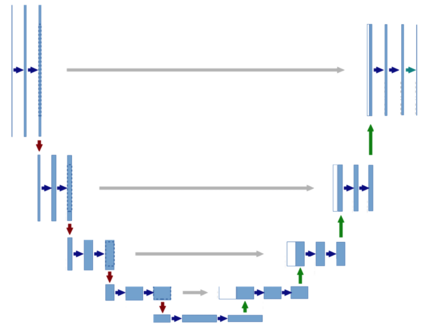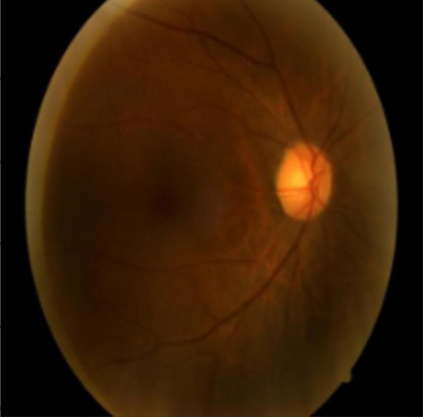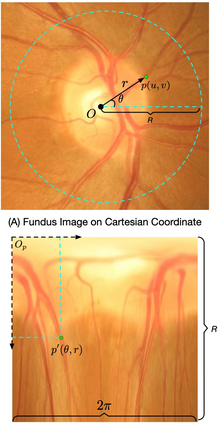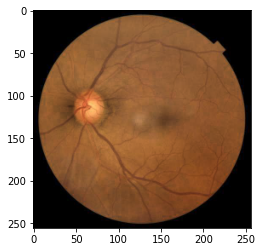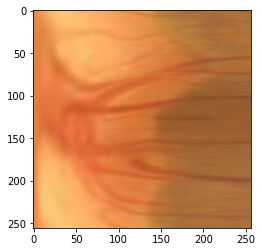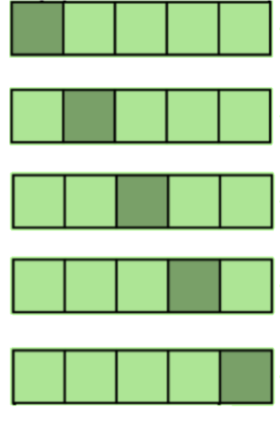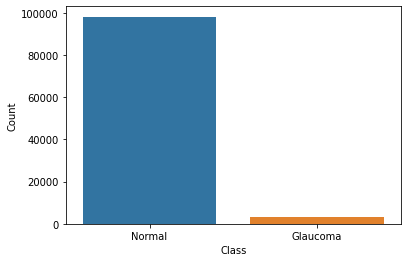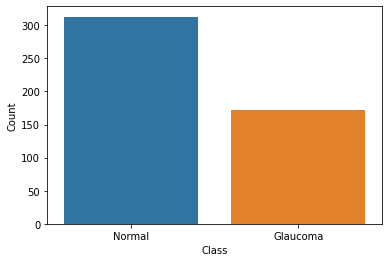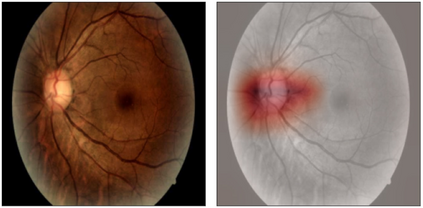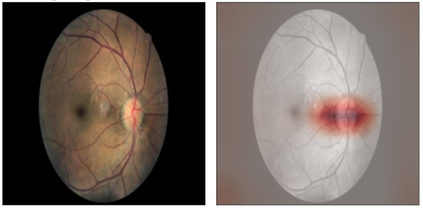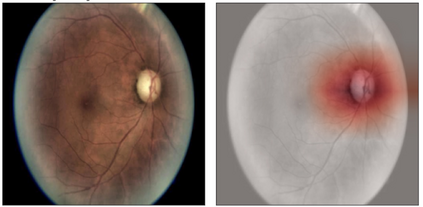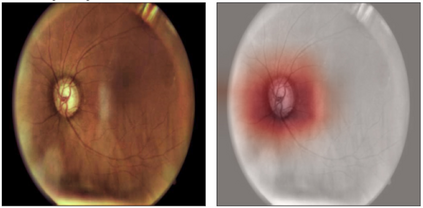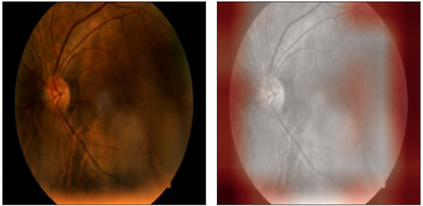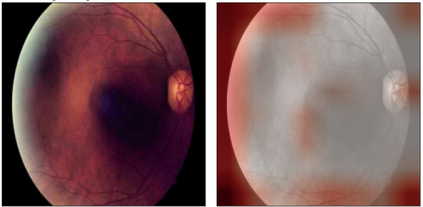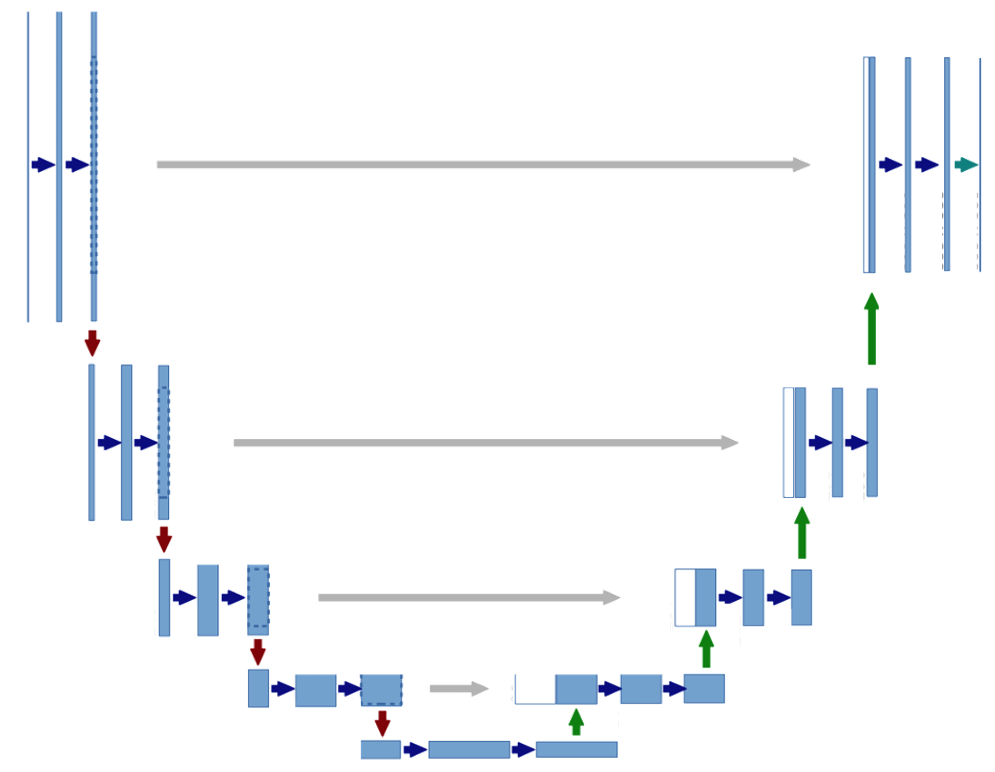Glaucoma is one of the most severe eye diseases, characterized by rapid progression and leading to irreversible blindness. It is often the case that pathology diagnostics is carried out when the one's sight has already significantly degraded due to the lack of noticeable symptoms at early stage of the disease. Regular glaucoma screenings of the population shall improve early-stage detection, however the desirable frequency of etymological checkups is often not feasible due to excessive load imposed by manual diagnostics on limited number of specialists. Considering the basic methodology to detect glaucoma is to analyze fundus images for the \textit{optic-disc-to-optic-cup ratio}, Machine Learning domain can offer sophisticated tooling for image processing and classification. In our work, we propose an advanced image pre-processing technique combined with an ensemble of deep classification networks. Our \textit{Retinal Auto Detection (RADNet)} model has been successfully tested on Rotterdam EyePACS AIROGS train dataset with AUC of 0.92, and then additionally finetuned and tested on a fraction of RIM-ONE DL dataset with AUC of 0.91.
翻译:Glaucoma是眼疾中最为严重的疾病之一,其特点是快速发展并导致不可逆转的失明,经常发生的情况是,当人们的视力因疾病早期缺乏明显症状而明显退化时,即进行病理诊断;对人口的常规青光谱筛查应改善早期检测,然而,由于人工诊断对数量有限的专家施加过重的体格检查,其可取的频率往往不可行。考虑到检测青光眼的基本方法是分析 ⁇ Textit{光学-分解-光学-光学比率}的基金图象,机器学习领域可为图像处理和分类提供尖端工具。在我们的工作中,我们建议采用先进的图像处理前技术,结合深度分类网络的组合。我们用0.91的AUC成功地在鹿特丹EMEPACS AIROGS火车数据集上测试了我们的“液态”检测模型,随后又对部分RIM-ONEDL数据进行了微调和测试。

